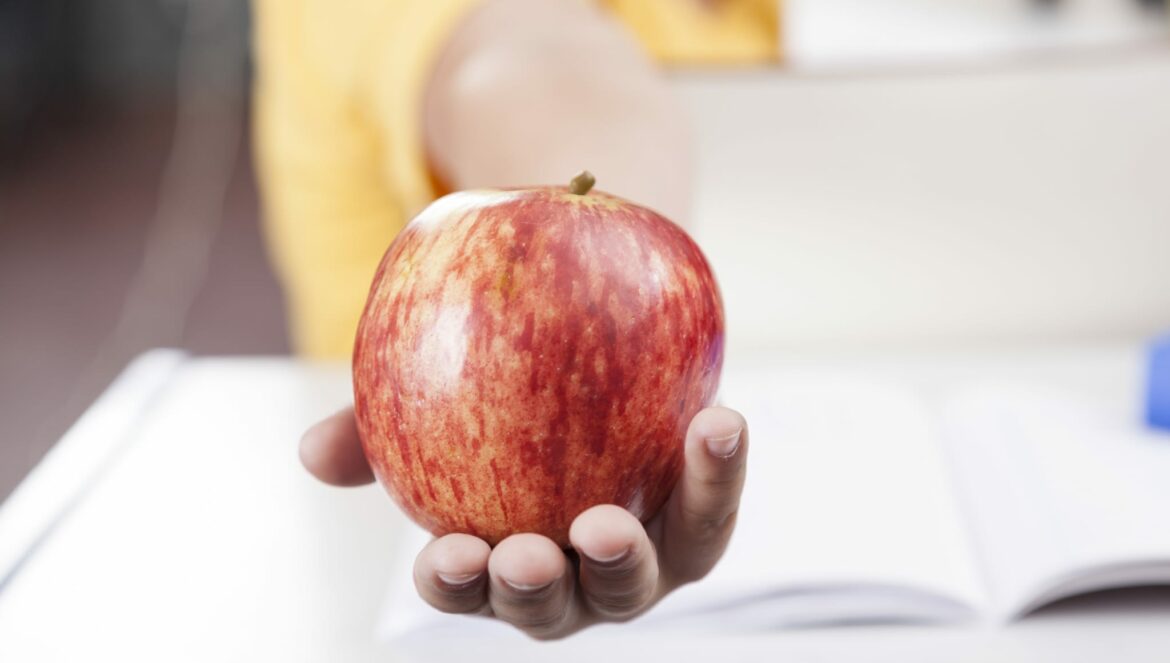Table of Contents
Build responsibility through goal-setting, learning activities, and assessment. Teach students to take responsibility for Learning.
As a teacher, have you ever taught a student who has an excuse for everything? They don’t see themselves as invested in learning, therefore, they do not take responsibility for their own learning. It’s important for teachers to provide opportunities for students to take responsibility for learning. Three options are to build responsibility through goal-setting, in learning activities, and in assessment. In a classroom that is focused on student achievement, incorporating goal-setting, choices, and self-directed assessments will help your students learn and grow.
Responsibility Through Goal Setting
One of the most effective ways to help students take responsibility for their learning is through goal setting. When students set goals and achieve those goals, they build self-confidence and become more willing to try again.
This can be as simple as asking students to list what they want to learn in a subject or in a specific lesson. For example, one elementary teacher created an “alphabet wall,” with a poster for each letter of the alphabet. Students moved around the room writing everything they wanted to learn during the year on the corresponding letter chart. The teacher regularly referred to it and used it for planning purposes.
It can also be more individualized. For example, Tracy Smith incorporated goal setting into her language arts classes. Her students “made decisions about their own learning goals and grades. They knew up front what is required for an A, B, and C. They developed their own plans for achieving.” Almost all of the students began with a goal of A. Even when they did not meet their goal; they typically did better than they had in past classes when all assignments were teacher-driven and directed.
Responsibility in Learning Activities
Another way to teach students responsibility is to give them choices in learning activities. Jill Yates uses a workshop approach with her first graders. “Academically speaking, I have found that choices are very motivating  and important in validating students’ interests and abilities. My partner and I try very hard to include different workshop times within our day. You can imagine that in first grade, workshop looks different at different points within our year, but we work with our class to understand that having choices and being accountable to work are not wholly separate. As we release more workshop responsibility into their hands, we create systems to coach this understanding. After establishing the atmosphere and rules of workshop, we allow students to begin to choose the order in which they would like to complete their tasks.
and important in validating students’ interests and abilities. My partner and I try very hard to include different workshop times within our day. You can imagine that in first grade, workshop looks different at different points within our year, but we work with our class to understand that having choices and being accountable to work are not wholly separate. As we release more workshop responsibility into their hands, we create systems to coach this understanding. After establishing the atmosphere and rules of workshop, we allow students to begin to choose the order in which they would like to complete their tasks.
Sometimes we create a ‘have to’ job first, when something has high priority, but we often allow the students to decide the order in which they would like to approach the items. As we help monitor and manage time, students progress through the centers or activities and mark their names off of designated lists as each activity is completed. At the end of the workshop session, we can glance over the lists to see whose names are still visible (or not crossed off). For students who need a more structured approach to help manage their time, we help plan an order with them, and coach them through the process with plenty of check-in and fly-by observations.”
Chris Webb takes a different approach with his eighth-grade social studies students. After teaching a unit on the U.S. Constitution, the Bill of Rights, and the American Revolution, his students must create a culminating project to demonstrate their understanding of the concepts. Each student creates a book titled How to Create a Free Country. As Webb explains, “Though they must follow some standard requirements, they have the freedom to make any type of how-to format. It can be written like an instruction manual or a cookbook, etc.” A clear rubric ensures that his students know the basic guidelines.
His balance of providing set requirements with choices not only increases involvement and builds a sense of ownership and pride with his students but also requires students to demonstrate a high level of understanding.
Responsibility in Assessment
Another way to shift responsibility for learning is through the use of contracts. Developing a plan that is an agreement among the teacher, student, and family members can support student learning. I’ve seen this done informally. For example, in one class, students write letters about what they want to accomplish during the school year.  The teacher then writes a letter responding and supporting the students’ goals and detailing how she will assist each student. Both are sent home, and a parent or family member writes a third letter agreeing to the goals and explaining how he or she will help. Copies of all three letters are given to the student, family, and teacher. During a conference at the end of the year, the teacher, student, and parents discuss whether the student achieved his or her goals and outline next steps. One parent commented, “I felt like I was part of the team. And I was glad to agree to help.” In this approach, the teacher shares ownership of learning and moves the assessment discussion further than grades or a test score.
The teacher then writes a letter responding and supporting the students’ goals and detailing how she will assist each student. Both are sent home, and a parent or family member writes a third letter agreeing to the goals and explaining how he or she will help. Copies of all three letters are given to the student, family, and teacher. During a conference at the end of the year, the teacher, student, and parents discuss whether the student achieved his or her goals and outline next steps. One parent commented, “I felt like I was part of the team. And I was glad to agree to help.” In this approach, the teacher shares ownership of learning and moves the assessment discussion further than grades or a test score.
Some teachers use learning contracts for grades. Using this approach, the teacher prepares a list of assignments or projects that relate to the objectives in a particular unit. Points are assigned to each item, and a description of the points necessary to achieve each grade is provided, along with a time frame for completion. Students choose the projects they would like to do based on the point values and the grade they would like to achieve. Contracts can help build student ownership; however, make sure you have clear guidelines and expectations. You may also need to provide additional support to students who are less self-directed.
A Final Note
Providing opportunities for students to take responsibility for learning is a critical part of a classroom that is focused on student achievement. Incorporate goal-setting, choices, and self-directed assessments to help your students learn and grow.
Further Reading
- edCircuit – Barbara Blackburn Articles & Columns
- TeachThought – What Is A Student Responsible For?
- NEA – Keeping Students Accountable

